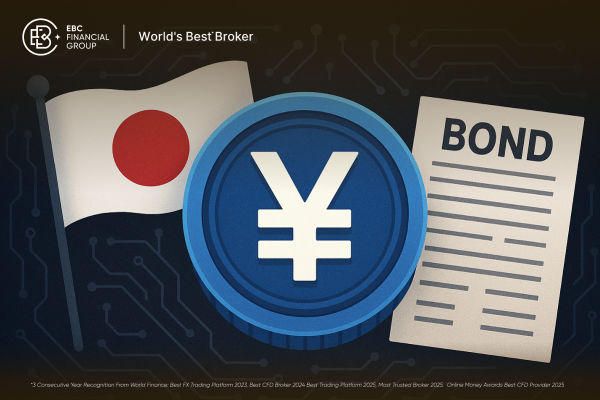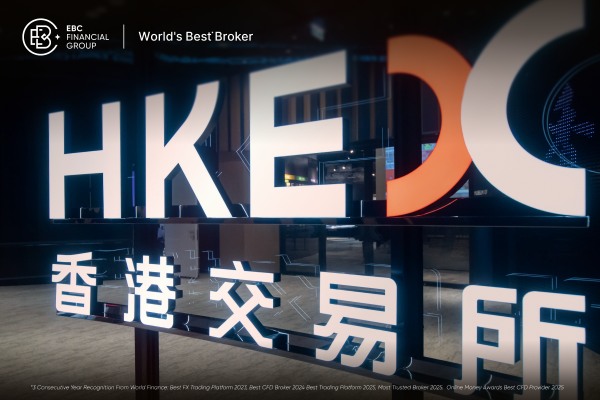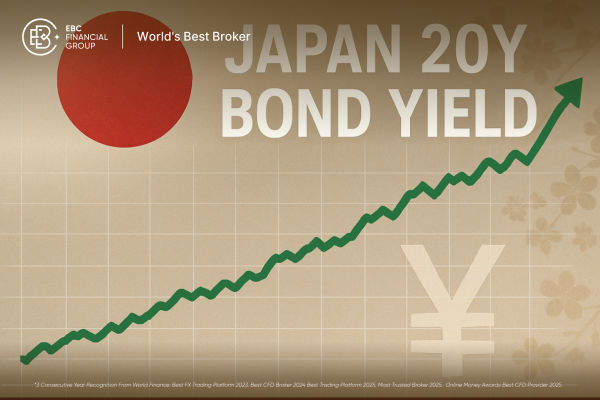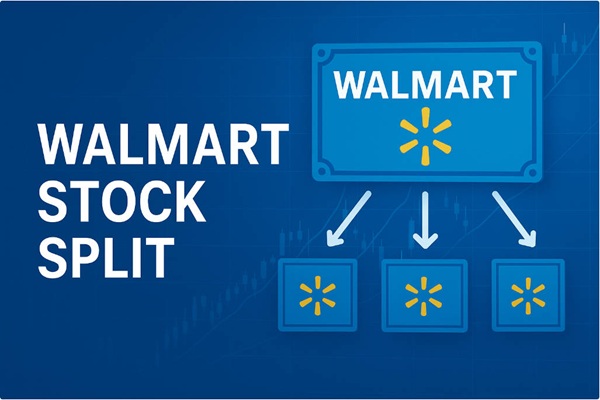The $230-300 billion global stablecoin market, long dominated by dollar-pegged tokens, entered a new era on October 27, 2025, with the official launch of JPYC, one of the first fully regulated yen-pegged stablecoins in Japan.
Issued by the Tokyo-based financial technology firm JPYC Inc., the token is exchangeable 1:1 for the Japanese yen and supported by local bank deposits and Japanese Government Bonds (JGBs). The company holds a funds-transfer service provider license granted by Japan's Financial Services Agency (FSA), a crucial requirement under the country's revised Payment Services Act.
This milestone not only marks a technological leap for Japan but also signals a broader shift toward multi-currency digital assets, challenging the U.S. dollar's dominance in digital payments. Below is what every investor, trader, and fintech enthusiast should understand about Japan's first officially regulated yen stablecoin.
What Is JPYC and Who's Behind It?
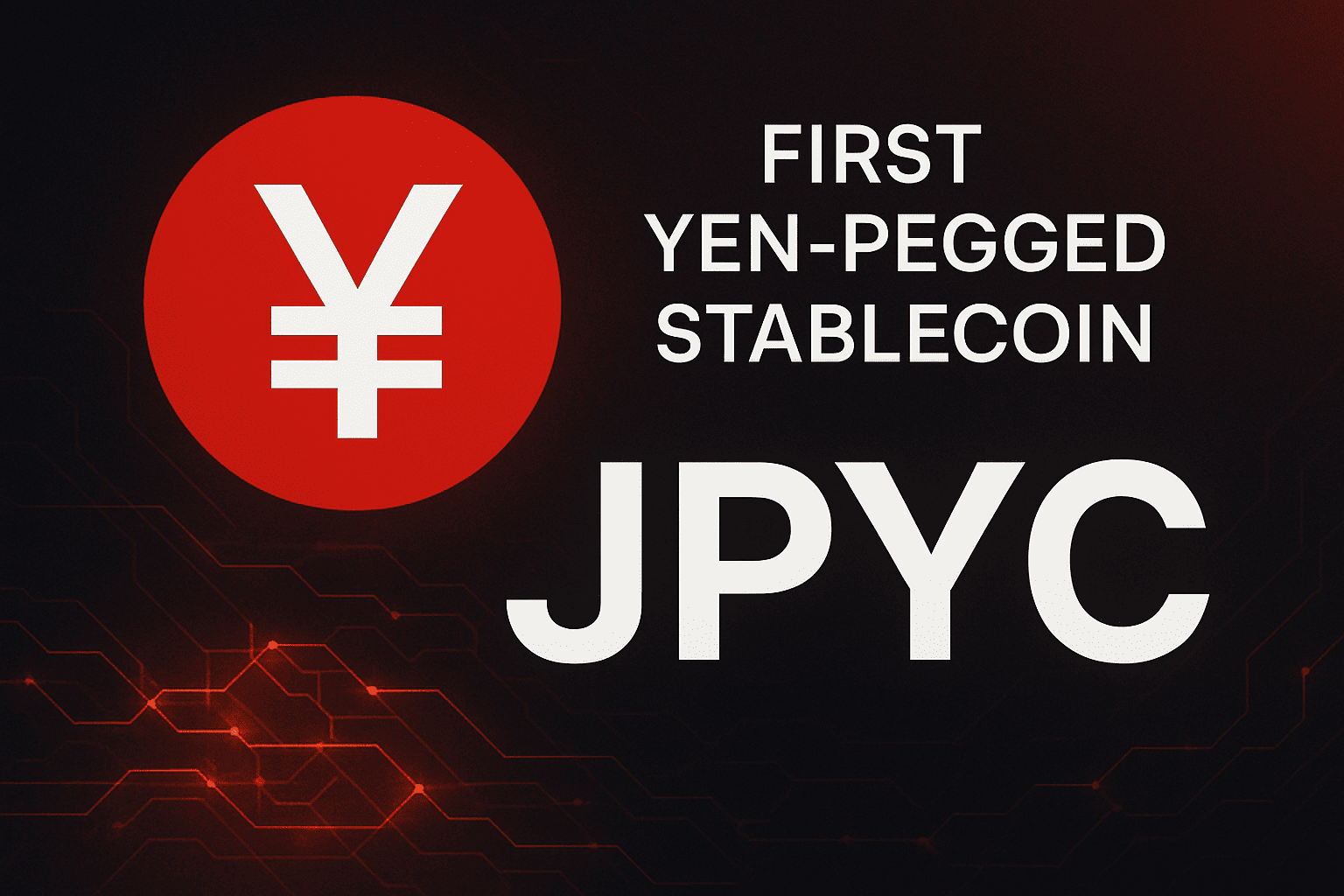
JPYC is a blockchain-based stablecoin issued by the Japanese fintech startup JPYC Inc. Each JPYC token is pegged 1:1 to the Japanese yen, fully backed by reserves of Japanese government bonds (JGBs) and domestic fiat deposits. [1]
The stablecoin is designed to facilitate fast, low-cost, and borderless transactions, both domestically within Japan and for cross-border payments.
Debut: October 27, 2025
Issuer: JPYC Inc., a regulated fintech with a money transfer license from Japan's Financial Services Agency (FSA)
Reserve assets: 100% yen-denominated, bank deposits, JGBs
Peg: 1 JPYC = ¥1
How Is JPYC Designed?
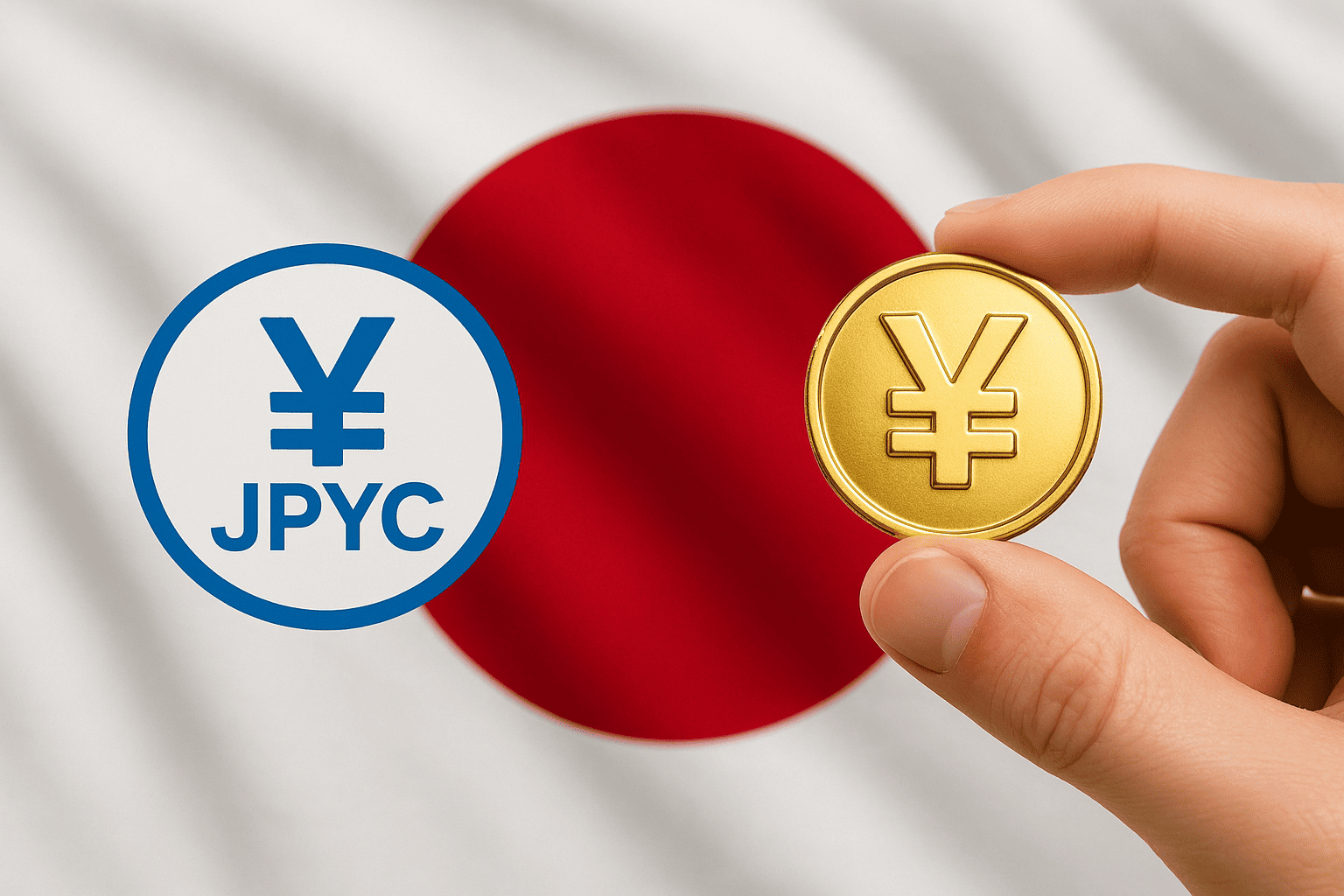
As mentioned above, JPYC is a reserve-backed stablecoin pegged 1:1 to the yen. According to the company's public filings and statements, the reserves are held within Japanese financial institutions and comprise a conservative mix of cash deposits and government bonds.
The firm's approach prioritises transparency and low risk, contrasting with earlier crypto-native stablecoins that relied on commercial paper or mixed-asset baskets.
From a technical perspective, JPYC is being made available on major smart-contract networks to maximise usability and liquidity. For instance, JPYC has confirmed initial support for chains such as Ethereum, Avalanche and Polygon at launch.
JPYC has confirmed plans to make the token available on multiple smart-contract networks, including Ethereum, Polygon, and Avalanche, to maximise interoperability and liquidity.
This multi-chain strategy allows wallets, exchanges, and DeFi platforms to integrate quickly and use JPYC for both retail and institutional transfers.
Issuance and redemption process:
Users deposit yen into a JPYC custody account (or through a licensed on-ramp partner).
JPYC mints the equivalent amount of JPYC tokens on-chain.
Users can redeem tokens 1:1 for yen via JPYC's platform or approved banking partners.
JPYC stated it will not initially charge transaction fees and plans to generate revenue primarily from interest earned on government bonds within regulatory limits.
Why Is The First Yen-Pegged Stablecoin So Significant?
1. The First Fully Yen-Pegged Stablecoin
While other yen-backed tokens such as GMO's GYEN exist, JPYC is the first officially licensed and regulated yen-pegged stablecoin under Japan's revised Payment Services Act.
The U.S. dollar accounts for more than 99% of global stablecoin volume; JPYC introduces a yen-based alternative, diversifying global digital currency anchors.
2. Fully Regulated and Secure
Unlike previous attempts, JPYC operates under a strict regulatory framework:
Licensed as a funds transfer service by the FSA
Subject to stablecoin-specific oversight and annual audits
Reserves held only in Japanese financial institutions and government-issued debt
3. No Transaction Fees (Introductory Period)
JPYC launched with zero transaction fees for at least the first year, encouraging early adoption by users and businesses.
Income will be generated through interest on government bonds maintained as reserves, rather than from user charges.
How JPYC Fits Into Japan's Payments and Policy Landscape

Japan's regulators have taken an active stance on digital currencies. The FSA and the Bank of Japan (BoJ) have studied CBDCs and amended payment laws to enable private, yen-pegged stablecoins under strict conditions.
The introduction of JPYC demonstrates Japan's clear legal pathway for private stablecoin issuance, a sharp contrast to markets with unclear or fragmented rules.
Major Japanese banks are also exploring the potential. According to Nikkei, Japan's three largest megabanks are planning to collaborate on stablecoin infrastructure for corporate clients, potentially integrating with tokens like JPYC in the future. [2]
Together, private regulated stablecoins and potential bank-issued tokens could form the foundation for Japan's next-generation digital payment ecosystem.
Who Will Use JPYC and Why?
JPYC's design makes it suitable for several high-value use cases:
1. Domestic Digital Payments & Micropayments:
Retailers and online services can accept JPYC. For example, borderless transactions with reduced settlement barriers compared to bank transfers.
2. Corporate Treasury and FX Management:
Multinational firms can use JPYC to move yen on-chain instantly for payroll, vendor payments, or to bridge into DeFi liquidity pools.
3. Cross-Border Remittances:
Remittances denominated in yen could be faster and cheaper, particularly for corridors where the recipient prefers yen or needs yen liquidity.
4. On-Chain Finance and Settlements:
JPYC can serve as a yen-native unit in decentralised finance, enabling yen-denominated lending, tokenised bonds, or yen options.
5. Interbank / Bank-To-Bank Settlement (Future):
With bank participation, JPYC could be used for fast interbank settlement frameworks or to support bank stablecoins.
JPYC vs Other Major Stablecoins and CBDC
| Feature |
JPYC |
USDC/USDT |
DAI |
| Peg |
Japanese yen (¥1) |
U.S. dollar ($1) |
U.S. dollar ($1) |
| Reserve backing |
100% yen deposits + JGBs |
U.S. Treasuries + cash |
Crypto asset over-collateralization |
| Regulatory status |
FSA-licensed, annual audits |
U.S. state-level or offshore |
On-chain governance |
| Fees |
None (introductory period) |
Small redemption fees |
Variable |
| Programmability |
Ethereum-compatible (multi-chain) |
Ethereum, Tron, others |
Ethereum, Layer-2s |
| Transparency |
Audited reserve disclosures |
Monthly attestations |
On-chain, real-time |
Unlike the U.S. dollar–centric models, JPYC's framework is entirely Japan-based and regulatory-first.
While JPYC is a private stablecoin, the digital yen (CBDC) under development by the Bank of Japan will be state-issued and policy-driven.
The two could coexist, with JPYC supporting programmable payments in the private sector and the digital yen serving public-sector functions.
Market and Macro Implications of World's First Yen-Pegged Stablecoin
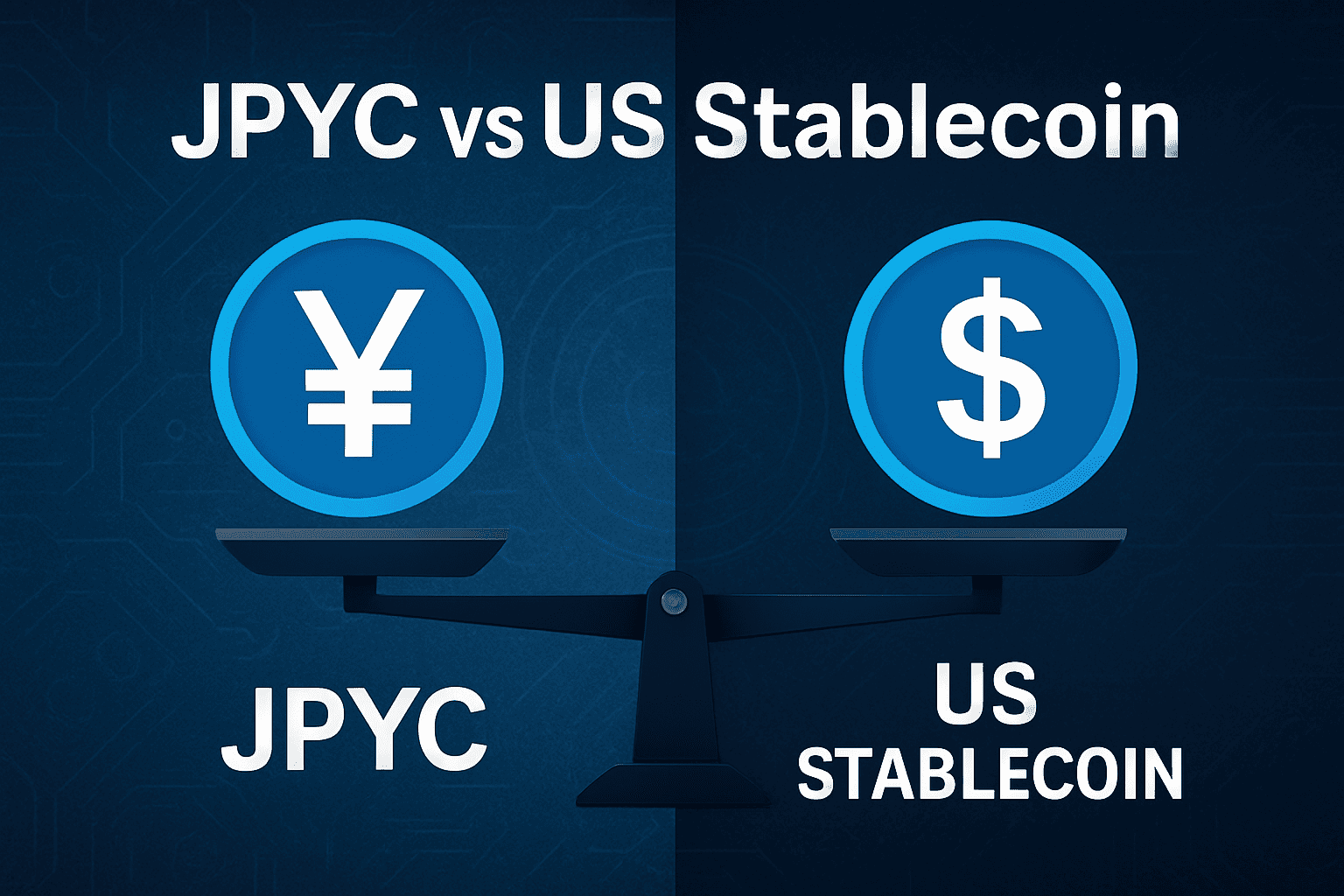
For Japan
Financial Innovation: JPYC places Japan at the forefront of digital asset innovation, counterbalancing the dominance of U.S. dollar stablecoins.
Potential FX Impact: As yen stablecoins see cross-border use, they may modestly boost the global role of the Japanese yen.
Bond Market Liquidity: If widely adopted, JPYC issuers could increase demand for JGBs, echoing the role of U.S. Treasuries in backing dollar stablecoins.
For Global Markets
Regulatory Blueprint: Japan's FSA rules could inform future stablecoin regulation in Asia and the EU.
Competitive Dynamics: As other countries eye digital currency projects, JPYC provides a proof-of-concept for safe, transparent non-USD stablecoins.
DeFi and Blockchain Ecosystem: The programmable nature of JPYC may encourage the development of new DeFi products denominated in yen, thereby enhancing currency diversification in global crypto markets.
Advantages and Risks of JPYC: A Balanced View
| Category |
Key Points |
| Advantages |
Licensed and regulated by Japan's FSA
Fully backed by yen and JGBs
Transparent, conservative reserves
Multi-chain support for payments and DeFi
|
| Risks |
Requires frequent and verifiable audits to maintain trust
Liquidity and redemption risk under high volatility
Potential future AML/CFT restrictions may limit usability
Smart contract or custodial risks remain nontrivial
Adoption risk if merchant or bank participation lags
|
Investors, corporations, and users should verify the custody, audit frequency, redemption terms, and legal structure before using JPYC at a significant scale. JPYC's public filings and third-party attestations will be critical transparency signals in the coming months.
Frequently Asked Questions
Q1: How Do I Buy or Use JPYC?
JPYC is obtainable through licensed Japanese exchanges, direct app transfers, and can be redeemed 1:1 for yen at any time.
Q2: What Makes JPYC Safer Than Past Stablecoin Attempts in Asia?
Stringent Japanese regulations require full yen and JGB backing, independent audits, and zero leverage.
Q3: What Impact Could JPYC Have On the Japanese Yen?
Over time, mainstream adoption could modestly boost the yen's international role, especially in cross-border payments and digital trade.
Q4: How Is JPYC Different From the Upcoming Digital Yen Issued by the BoJ?
JPYC is private and blockchain-based, while the BoJ's CBDC will be sovereign, centrally governed, and likely permissioned.
Conclusion
In conclusion, JPYC's debut marks a milestone in global stablecoin evolution, introducing a regulated, yen-based alternative to the dollar-backed norm.
With full backing, zero transaction fees, and multi-chain functionality, JPYC could make the yen more accessible, programmable, and globally relevant.
As digital finance evolves, Japan's model of regulated innovation may become a blueprint for stablecoin frameworks worldwide.
Disclaimer: This material is for general information purposes only and is not intended as (and should not be considered to be) financial, investment or other advice on which reliance should be placed. No opinion given in the material constitutes a recommendation by EBC or the author that any particular investment, security, transaction or investment strategy is suitable for any specific person.
Sources
[1] https://www.reuters.com/sustainability/boards-policy-regulation/worlds-first-yen-pegged-stablecoin-debuts-japan-2025-10-27/
[2] https://www.reuters.com/business/finance/japans-top-banks-jointly-issue-stablecoin-nikkei-says-2025-10-17/
